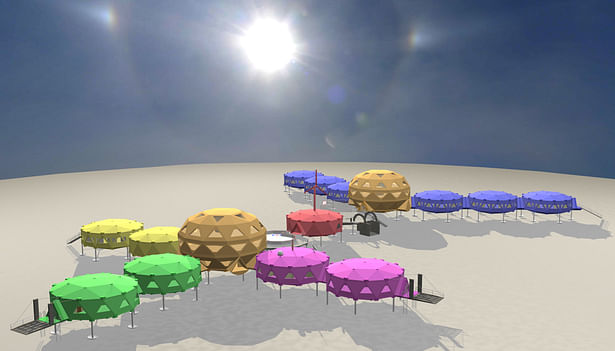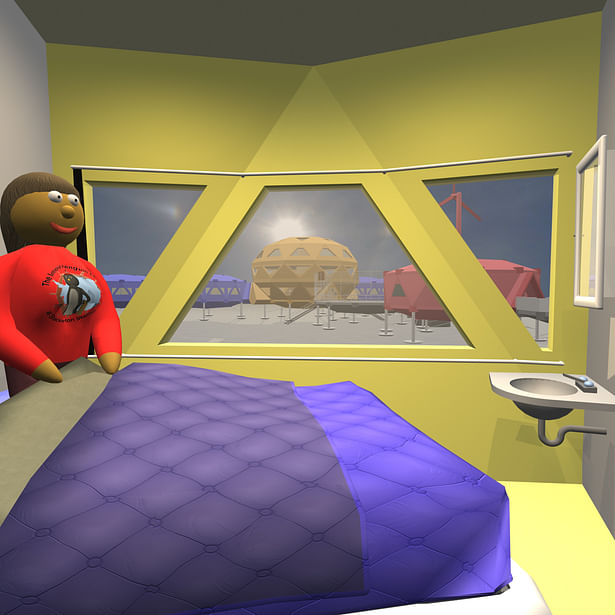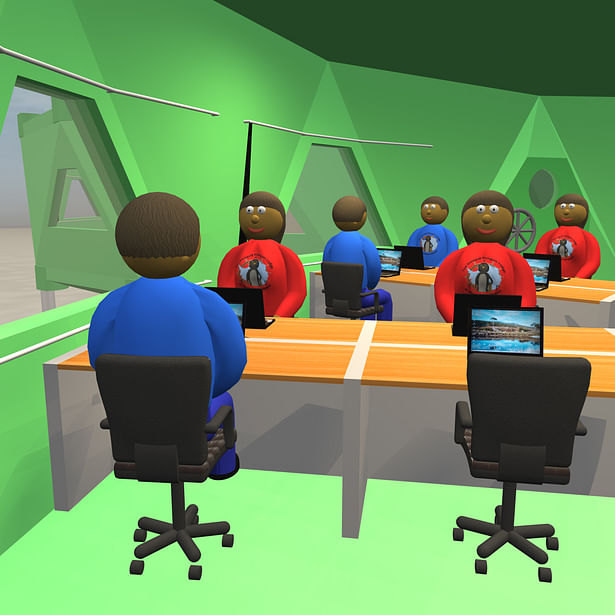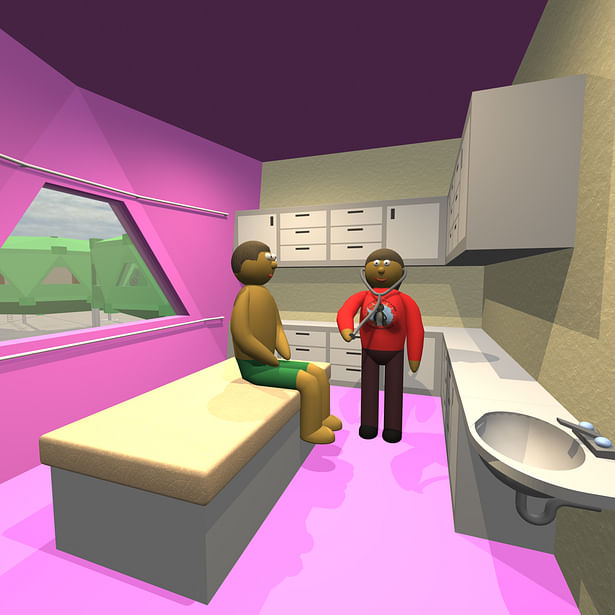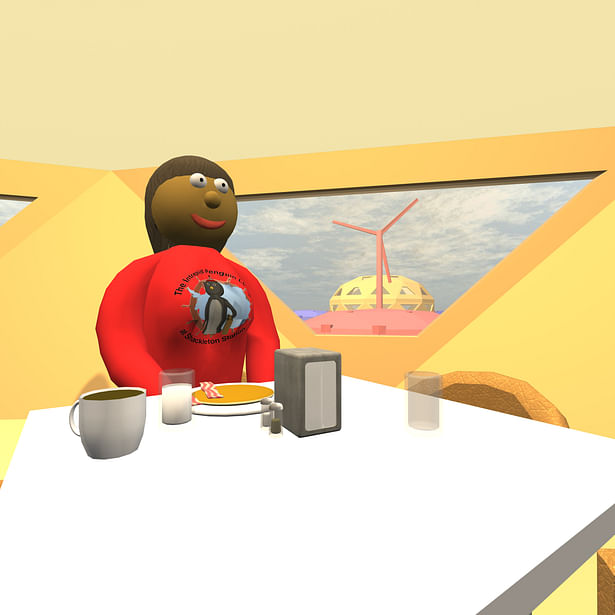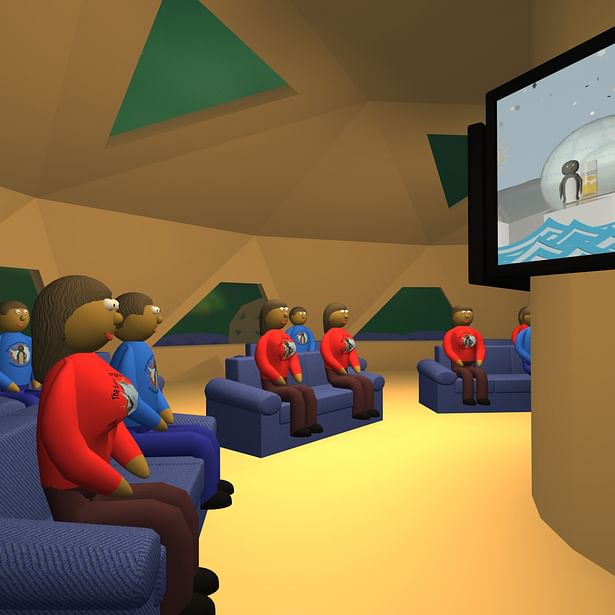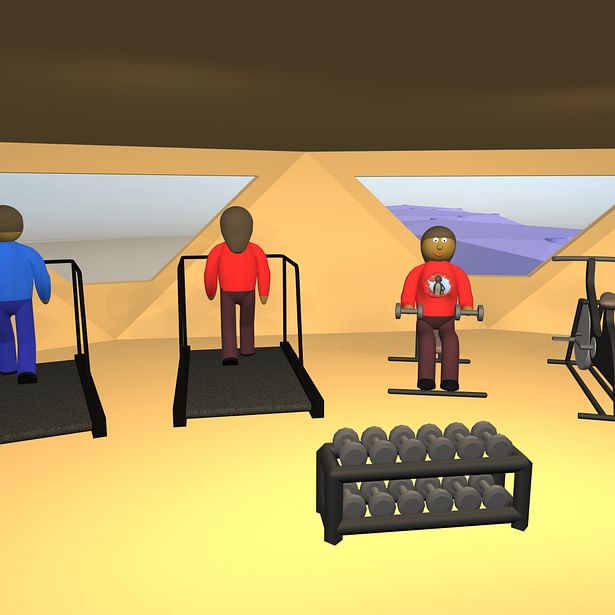
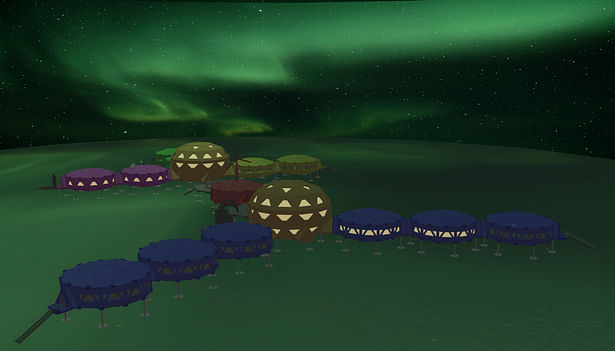
Watch the video at www.bentolsky.com
The Freezing Point:
A Hotel and Research Station in Antarctica
The Deep Freeze:
To create Antarctica’s first hotel in conjunction with a scientific research station. The energy-saving building should also improve the quality of life for researchers and staff that are spending extended periods of time in what is an otherwise inhospitable environment.
The Icy Core:
Adventure and Eco-Tourism are becoming more and more popular as our world continues to get smaller and smaller every day. You can hike the Inca Trail to Machu Picchu, experience the annual wildebeest migrations in the Serengeti, stay in yurts with nomadic families on the Mongolian plains, or swim with whale sharks at Ningaloo Reef. Tourism is even expanding into outer space thanks to the Russian Space Agency and competitions such as the X Prize. Over the last decade the number of people visiting Antarctica has more than tripled with over 33,000 tourists visiting the continent in the 2007-2008 season and another 13,000 cruising past the continent. Yet Antarctica remains relatively inaccessible, and despite a recent wave of movies about penguins, most people know very little about Antarctica, the importance of protecting it, and the unique opportunities it offers scientific researchers.
The hotel and research station will address the need of permanent tourism infrastructure on the continent of Antarctica. Currently the only private and tourist oriented base on the continent is Patriot Hills, a collection of tents set up only for the summer months and used exclusively by a company that caters mainly to hard-core adventure tourism such as mountain climbing and cross-country skiing expeditions. With many cruises departing for Antarctica from Patagonia, none can offer its passengers an opportunity to spend several nights on the frozen continent. The hotel will open up many more ecotourism possibilities for people wishing to experience Antarctica.
By building the hotel in conjunction with a scientific research station, the revenues from hotel guests can offset the expenses of scientific research, thus removing the burden from the taxpayers of the nations involved in research in the Antarctic. This method has proven successful with the Russian space program which has offset the cost of shuttle missions by allowing wealthy tourists to purchase a “seat” on a mission. It will also give the researchers and workers at the station a chance to socialize with visitors during their long stays in Antarctica, thus removing the feeling of isolation that one may feel in this remote location. With a steady stream of tourist being coordinated by the station, it would make it possible for the tourists to bring fresh fruit and vegetables to the station throughout the summer months, while bringing back waste generated at the station upon departure. In addition, it will make it possible for the families of staff and researchers spending extended periods of time at the station to visit, a huge benefit to both the station’s residents and their family as some people may spend 2.5 years in Antarctica. This will also give guests a chance to learn about and even assist with Antarctic research, thus raising awareness amongst the general population about issues our planet is facing.
There is no way of building a sustainable station in Antarctica; it takes an incredible amount of energy to transport people, materials, and supplies to the continent. As a result the best thing we can do is make sure that once people arrive on the continent that their impact on this unique ecosystem and the planet is minimal. The idea is to create a structure that can potentially operate at full-capacity using zero-energy during the summer season and still allow researchers to work thru the winter months with minimal energy requirements. The project will have to comply with all Antarctic Treaty regulations as well as IAATO policies for responsible tourism in Antarctica. In addition the structure will need to be created from light weight modular construction that can be shipped and easily assembled upon arrival in Antarctica. The lessons learned from this project could hopefully be used one day in the creation of a city in either the Arctic or Antarctic, as well as be a foundation for the impending space tourism industry.
The station and hotel will become part of Argentina’s Antarctic Program. The reason for this is that as one of the 8 nations that has a territorial claim on the continent, Argentina is always interested in legitimizing their claim, which happens to overlap with both the Chilean and British claims. In 1978 the first baby born on the continent was born to Argentine parents at Argentina’s Esperanza Station, since 7 more babies have been born at that station. Argentina is also one of the original signatories of the Antarctic Treaty, which will ensure that they will take all necessary precautions in protecting the environment as well as the people who live at or visit the station. Furthermore, as the nation closest in proximity to Antarctica, and the main departure point for tourists to the continent, Argentina will be able to minimize costs and better coordinate with cruise ship operators and charter airlines to make the hotel a success.
While an exact site for the station cannot be chosen without scienti c expeditions to potential sites, the requirements for the site’s geography and climate will be set. The site will be located in the Argentine Antarctic Territory. Ideally the hotel and station will be situated away from the Antarctic Peninsula. While the peninsula is the most easily accessible point in Antarctica due to its proximity to Ushuaia, Argentina, the main departure point for tourists to Antarctica, the peninsula already has many tourist opportunities. There are also already a large number of stations on the Antarctic Peninsula, including the majority of Argentina’s stations. The station may be located on Berkner Island which is situated between the Ronne and Filchner Ice Shelves. Currently no station exists on this island or either ice shelf making it an excellent site for a new station from both a research and logistical point of view. Access to an air strip, preferably a blue ice runway, will be important for the tourism infrastructure and this could easily be provided by one of the ice shelves. Proximity to an Emperor Penguin colony is desirable from both a research and tourism point of view, although proper distance must be maintained for the protection of the birds.
Status: School Project
Location: Berkner Island, Antarctica
